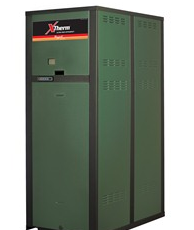 Sometimes, maintenance can really be a pain. But, the alternative to maintenance is often broken, damaged or dirty equipment that can wreak havoc on your entire system. We all know that changing the oil on our cars is a regular and necessary part of keeping our vehicles running smoothly. It only makes sense that regular maintenance on our HVAC systems keeps down-time at a minimum and keeps your building occupants happy and healthy.
Sometimes, maintenance can really be a pain. But, the alternative to maintenance is often broken, damaged or dirty equipment that can wreak havoc on your entire system. We all know that changing the oil on our cars is a regular and necessary part of keeping our vehicles running smoothly. It only makes sense that regular maintenance on our HVAC systems keeps down-time at a minimum and keeps your building occupants happy and healthy.
But how can you efficiently maintain your equipment without excess stress and worry?
- Develop a regular maintenance schedule. Consult your equipment O&M manuals and determine how often certain procedures need to be done to keep your equipment running at top performance levels. Get like pieces of equipment on similar schedules. For example, if you’re inspecting mechanical seals, coupling and pump bearings on your installed pumps, you may also want to check the water levels and the data in the boiler room log to ensure that there are no red flags on baseline readings.
- Maintain logs. That last sentence brings up another point. It’s difficult to assess whether or not your equipment is performing properly without data. Ensure that your maintenance professionals keep accurate daily or weekly logs for your major pieces of HVAC equipment. For example, if your flue gas temperatures increase over time, it may indicate scale build-up which may reduce heat transfer. Monitor you Building Energy Management Systems (BEMS) for any changes in energy consumption. Plus, if you have to call for outside help, the maintenance log may be the first thing they ask for.
- Do not wait to replace parts. There are some cases where a part on a piece of HVAC equipment may go bad, but the equipment is still able to function. Just beware that part was included by the manufacturer for a reason, and it may have a huge impact on the life expectancy of that equipment. Or, it’s absence could have a detrimental affect on the safety and operation of other parts of the system. When a part goes bad, go ahead and replace it while also trying to determine why it went bad in the first place.
It’s always less expensive and, in the end, less of a headache to properly maintain your equipment and ensure that your building’s HVAC system keeps all of your building occupants comfortable!


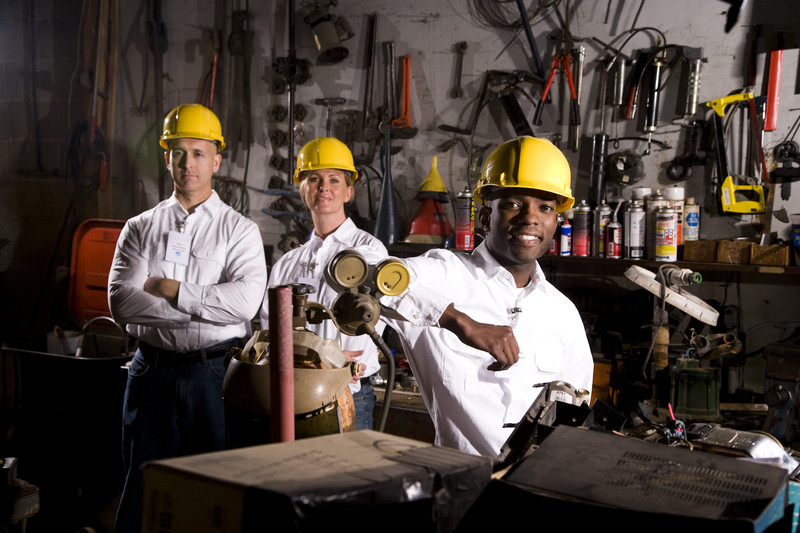


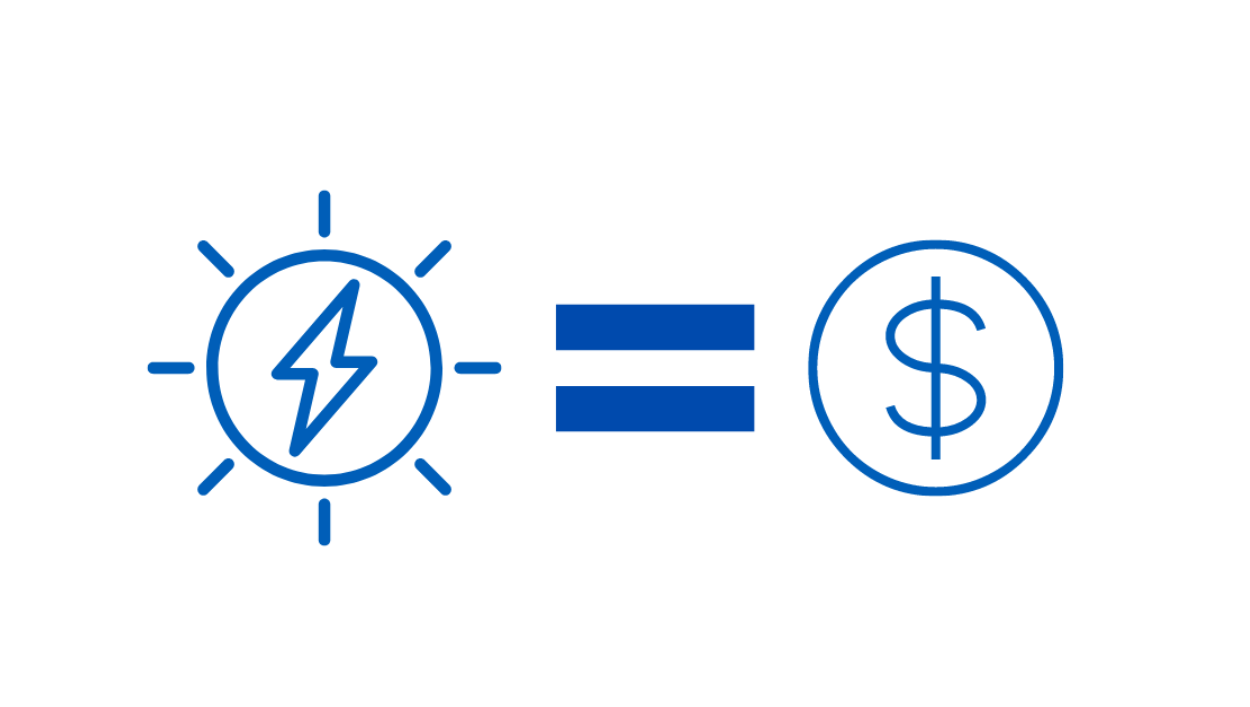
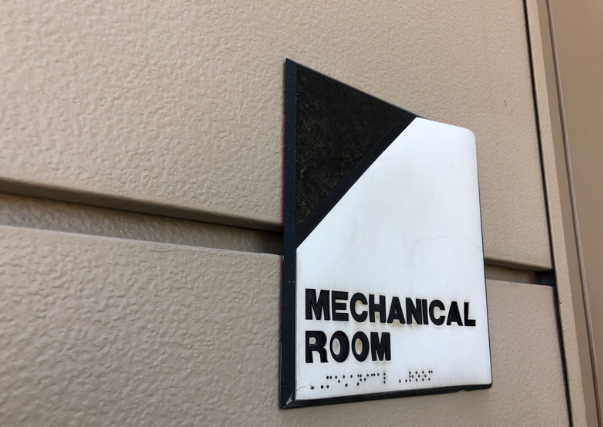
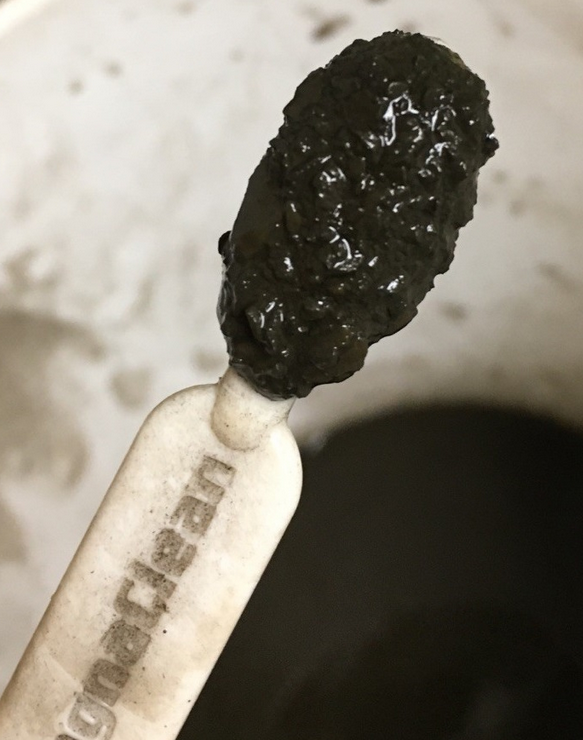



Submit a Comment